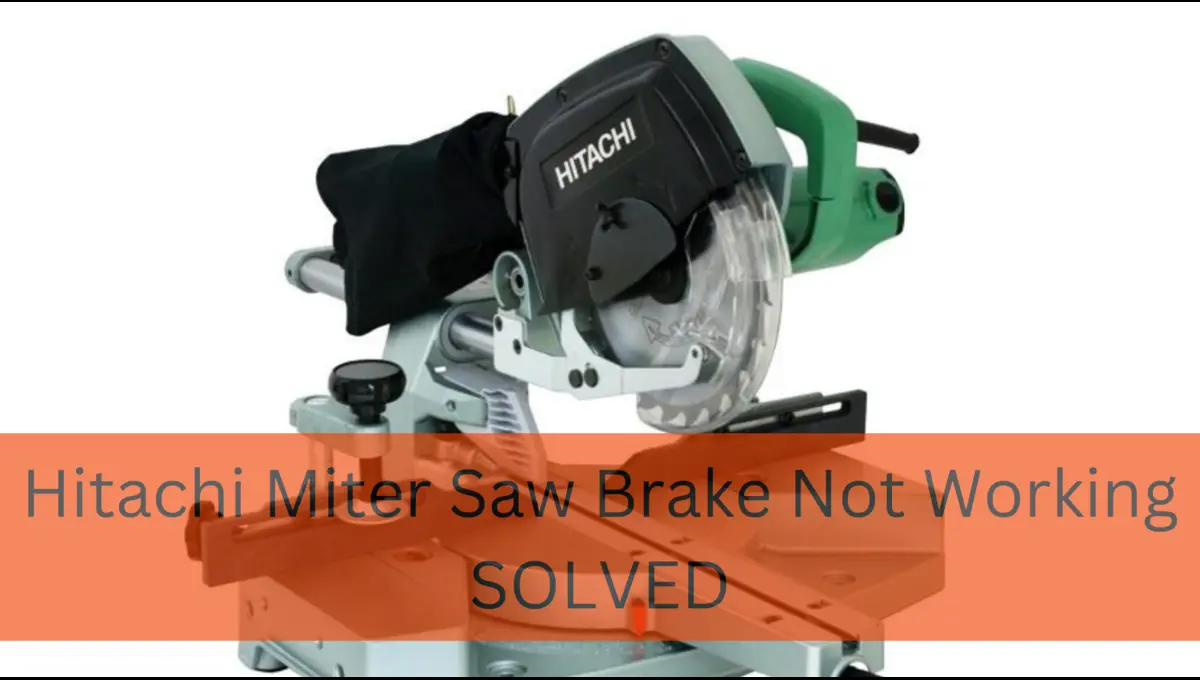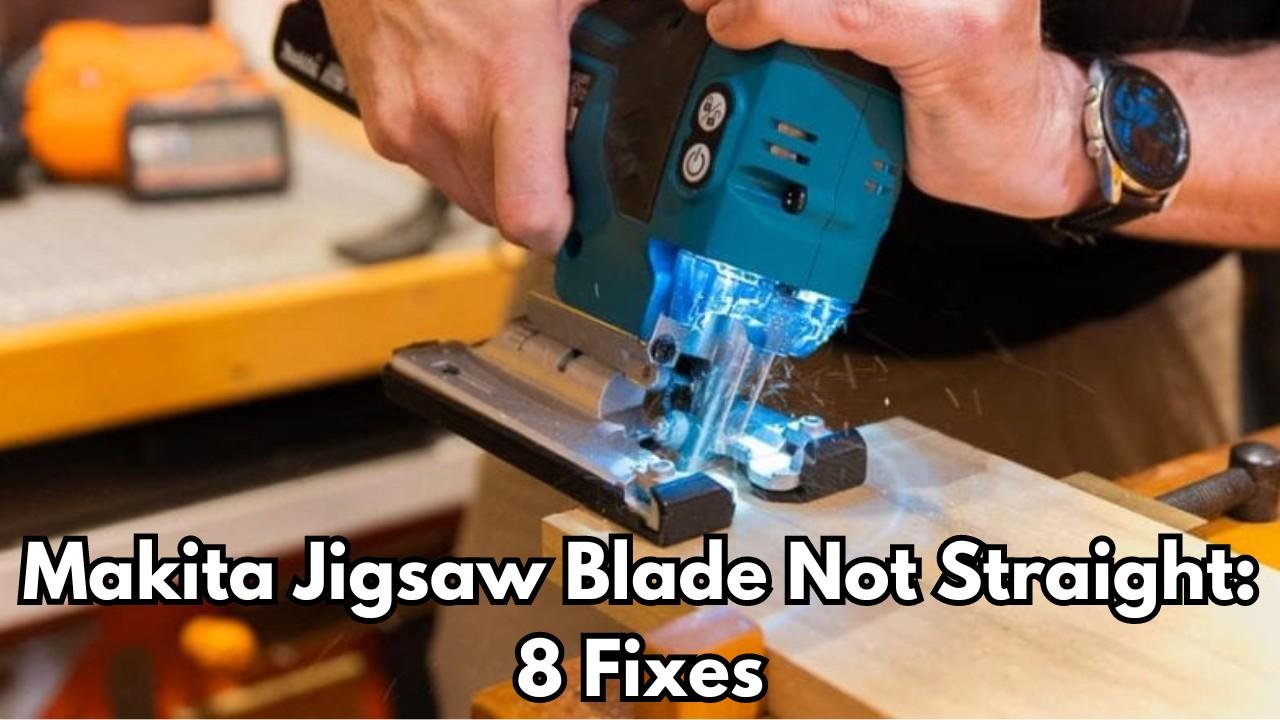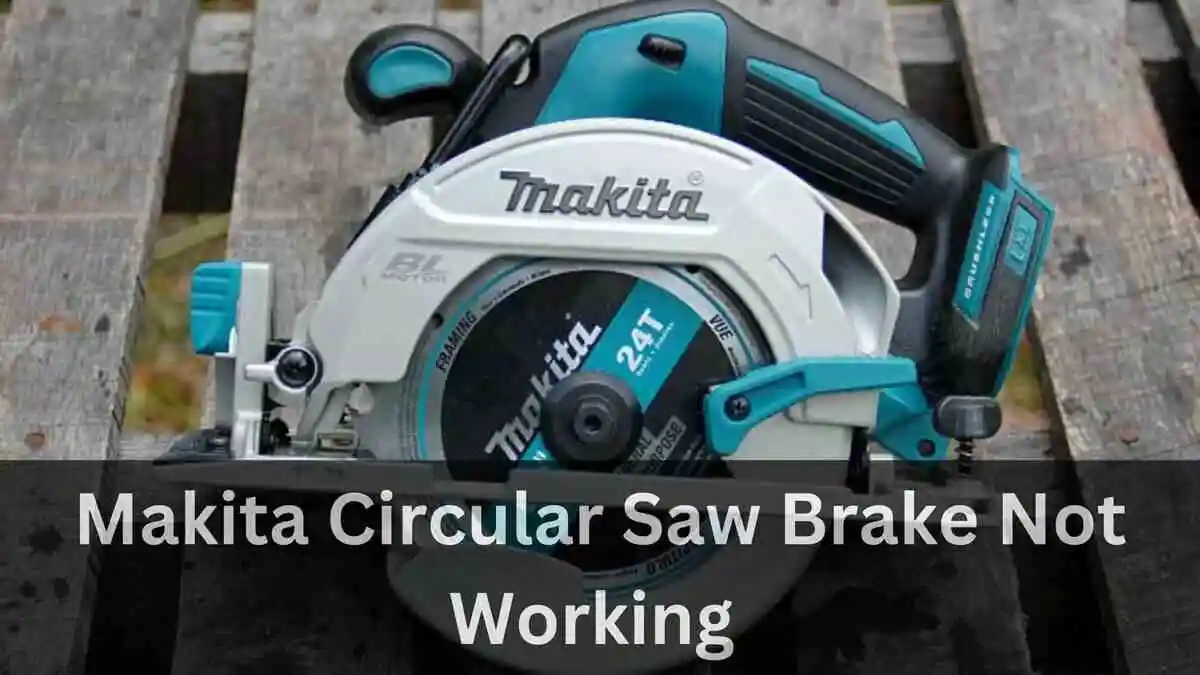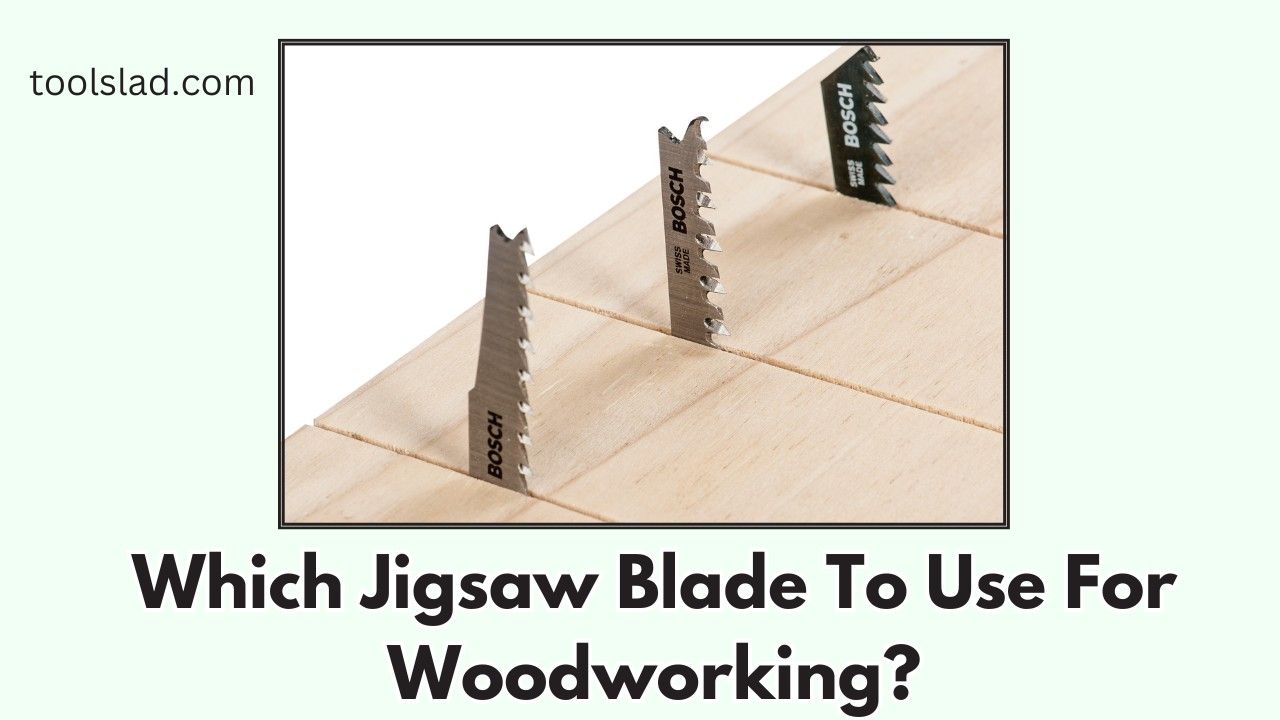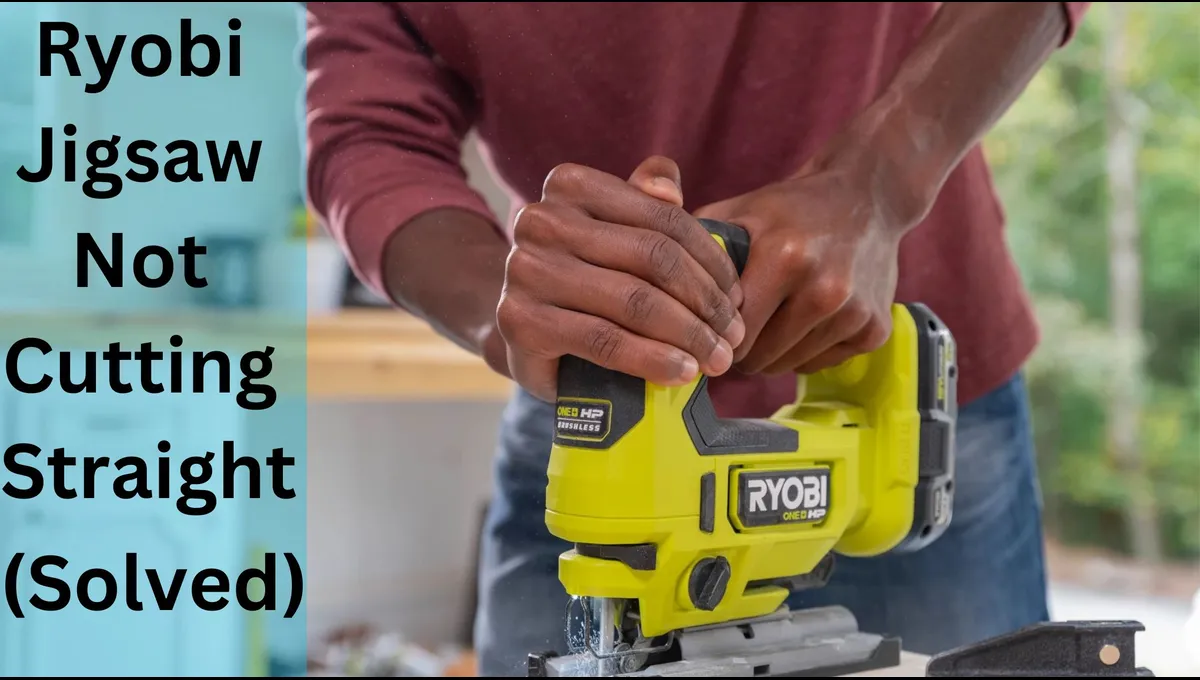Precision and safety are paramount when operating power tools, especially miter saws. Whether it’s a Hitachi or any other brand, these machines can encounter problems. Among the critical safety features of miter saws is the brake mechanism.
Which swiftly halt the blade’s rotation once released the trigger. This function significantly reduces the risk of accidents and injuries during woodworking tasks.
However, when problems arise with the brake system, such as a Hitachi miter saw brake not working. I can compromise both the efficiency and safety of woodworking tasks.
In this guide, we’ll explore why a Hitachi miter saw’s brake might not work like it should. Whether you’ve been using tools for a while or you’re new to DIY projects. It’s crucial to understand these problems and how to fix them.
First Things To Know
First things first, don’t take a mess on your hands. Firstly, check if there’s a warranty. Hitachi’s most products comes with in 6 months of warranty, also in depends on the store from you bought. If you have any documents about warranty go fot it.
Miter saw life span can range upto 6 years or more depend on usage, if you think your saw is too old simply change it or opt for repairing. Make sure to record a video while opening your saw so that you don’t forget how to put it back together
Hitachi Miter Saw Brake Not Working (Know why)
1. Commutator Problem
The commutator in a miter saw can sometimes make the brake not work right. This happens if it gets old and worn out, or if there are problems with electricity. The commutator helps send power to the motor.
If it gets old or dirty, it might not send enough power to make the brake work like it should. Also, if there are electrical problems with the commutator or its connections, the brake might not work properly or stop working altogether.
To fix a dirty commutator, you’ll need some specific stuff. Get some fine sandpaper and a plastic scribe to clean between the bars on the commutator. Before using sand paper try to clean it with some contact cleaner and solvent, then sand it off.
Here’s how to clean it:
- Take off the motor housing from your saw.
- Use the sandpaper and plastic scribe to gently clean the commutator and get rid of any dirt.
- Use a special cleaner to wipe down the commutator really well.
- Put everything back together properly after you’ve finished cleaning.
To stop this problem from happening again, it’s a good idea to have regular clean with compressed air. This helps prevent dirt from building up and causing problems. By cleaning the commutator properly, you can fix connection problems, make sure your motor lasts longer, and keep your miter saw brake working well. Just remember to clean it regularly and be careful with the cleaning tools you use.
2. Brushes Problem
Brushes in power tools, such as miter saws, gradually wear out due to several factors, impacting the tool’s overall performance. Continuous use over time is a primary cause of brush wear, as the friction generated during operation gradually erodes the brushes.
Additionally, the condition of the commutator plays a crucial role in brush wear. A damaged or dirty commutator can accelerate brush wear, leading to a decline in tool performance.
Improper installation of brushes can also contribute to premature wear. Brushes that are incorrectly installed or incompatible with the tool may wear out faster, resulting in performance issues. To address these issues, several solutions can be implemented.
Regular inspection of brushes is essential to identify signs of wear and replace them when necessary. Typically, brushes should be replaced if they are worn past a certain point, usually less than 50% of the original size of the brush holder.
Additionally, cleaning the commutator is crucial to remove dirt and debris that can contribute to brush wear. Tools such as sandpaper and electrical contact cleaner are commonly used for effective cleaning.
Proper maintenance practices can also help mitigate brush wear. Preventive measures such as regular cleaning of tools, operating them within their specified capacity, and proper storage can prevent premature wear.
Lubrication of moving parts can also reduce friction and wear, thereby prolonging the lifespan of the brushes and the tool overall.
It’s important to regularly take care of your tool, clean it properly, and follow the instructions on how to use it. This helps stop the brushes from wearing out too soon and makes sure your tool works as well as possible.
3. Field Problem
Field problems in miter saw brakes can result in various issues, such as the brake not functioning correctly or the saw not stopping as quickly as expected. These issues can stem from several reasons that impact the efficiency of the motor.
One common cause is a dirty field, where dirt buildup affects the connection, hindering motor performance. Additionally, physical damage or burn marks on the field can lead to malfunctioning of the motor, exacerbating the problem.
To fix field problems, you can do a few things. First, it’s important to clean the field. This means taking off the motor housing from the saw and using electrical contact cleaner to get rid of any dirt.
Also, make sure to check the field carefully for any burn marks or strange things. If the field is really damaged or has big burn marks, you might need to put in a new one.
But before you do that, make sure the commutator is clean too. This helps stop the brushes from getting worn out too quickly and makes the brake work better.
Conclusion
Several factors can cause issues with a miter saw brake not functioning. It includes worn brushes, a dirty commutator, or a faulty switch. The brake mechanism is important for safety and efficiency while using the miter saw.
Signs of brake failure may include complete inaction of the brake. Through overheating, sticking, loud noises, or diminished performance. To address these issues, it’s crucial to undertake several steps.
This includes cleaning the commutator, replacing worn brushes, inspecting faulty switch, preventing overheating.
